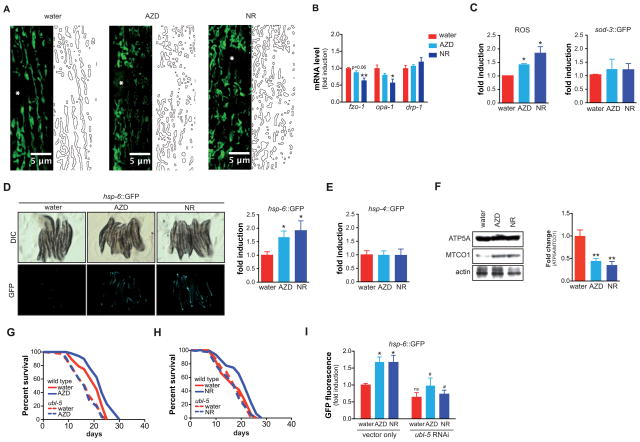Figure 3. Early phase response of NAD+ boosters on mitochondrial aging pathways.
(A) The effects of AZD2281 (100 nM) and NR (500 μM) on mitochondrial content and morphology in body wall muscle. At day 1 of adulthood, mitochondria of AZD2281- or NR-treated worms appear more fragmented. Stars represent nuclei, insets show higher magnification of a small section of the image, marked by dashed rectangle.
(B) At day 1 of adulthood, AZD2281 and NR reduced the expression of mitochondrial fusion genes fzo-1 and opa-1, without affecting the fission gene drp-1.
(C) At day 1, AZD2281 and NR cause a burst of ROS, as measured using the MitoSOX probe. This was not accompanied by an induction of the antioxidant gene sod-3 (measured using a GFP-coupled sod-3 reporter).
(D–E) At day 1, AZD2281 and NR induced the mitochondrial unfolded protein response (UPRmt) (hsp-6 reporter; D), without activating the ER unfolded protein response (hsp-4 reporter; E). In panel D, representative images are shown on the left, while quantification is shown in the bar graph on the right.
(F) AZD2281 and NR induced mitonuclear protein imbalance, as evidenced by the decreased ratio between nDNA-encoded ATP5A and mtDNA-encoded MTCO1. Representative Western blot shown on the left, quantification of the ratio in three independent experiments is shown on the right.
(G–H) RNAi of the UPRmt regulator ubl-5 abrogated the lifespan extension induced by AZD2281 (G; at 100 nM) and NR (H; at 500 μM).
(I) The UPRmt induction by AZD2281 and NR at day 1 is also ubl-5 dependent.
Bar graphs are expressed as mean±SEM, * p≤0.05; ** p≤0.01.
See also Figure S4. See Table S1 for additional detail on the lifespan experiments.

